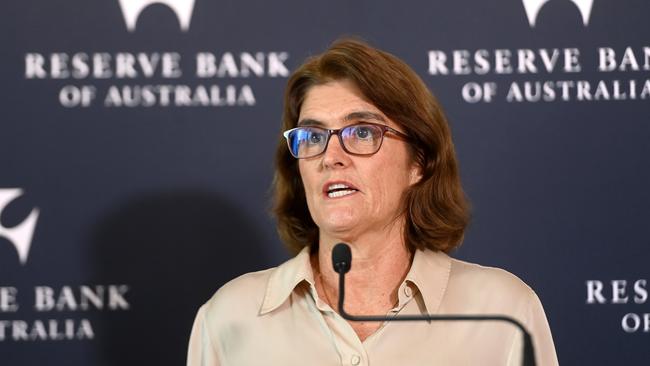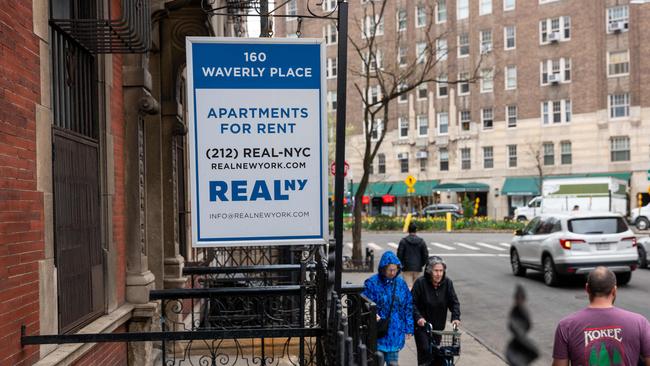
Back in January, the bond market was anticipating something close to 175 basis points of policy rate cuts by the Federal Reserve by December, or seven consecutive 25-basis-point reductions.
That’s been tossed out with the conversation in markets now focused on the idea that the Fed might be sidelined until 2025.
With monthly US inflation reports persistently showing that price pressures remain heated, the Fed is going to need a string of downside surprises from here before it can reasonably return to the table with talk of interest rate cuts.
For the RBA, the reversal justifies the caution in its recent communications with the market, and underscore the wisdom of Governor Michele Bullock’s insistence on repeatedly highlighting that the world remains a highly uncertain place.
That’s not to say that the direction of Australian interest rates is set exclusively by what happens in the US, but it is a big part of the puzzle, and the change in fortunes seen over the last three months has been stark.
The RBA itself has been dealt its own curve balls, with February’s jobs data serving up a stunning jump in employment growth, which pushed the jobless rate sharply lower.
Strangely that jump in hiring came despite data elsewhere showing the economy slowed to crawl late last year, while consumer confidence has been in recession-like doldrums for years.
Both the Fed and the RBA face the same conundrum: sticky inflation and resilient jobs markets.
The US three-month annualised core consumer price index was 4.5 per cent in March, a stark deterioration from a trough of 2.6 per cent in August, and was the highest since May last year.
More worryingly, the three-month annualised rate of services inflation was 7 per cent, the highest since February 2023.

Bond markets are currently pricing between one and two Fed cuts this year, down from three at the start of the week.
“It may be that the market and the Fed will need to reassess the expected quantum of any policy rate reduction, if any, this calendar year,” said Stephen Miller, an economist at GSFM.
“The Fed must still be some way from contemplating any policy rate cuts and there is a real prospect that rate cuts might not come until 2025,” he added. Fed Chair Jerome Powell “now appears to have been overly eager to embrace a policy rate cut scenario”.
None of this will be lost on the RBA which has so far only slightly shifted the policy needle away from further interest rate increases toward neutral.
Bullock has told financial markets that all options are on the table for the RBA, with nothing “ruled in or ruled out”.
Realistically, the RBA can’t go it alone in the current environment. If it starts to cut interest rates while the debate in the US switches to a possible delay until next year, the Australian dollar will weaken dramatically.
It’s also true that the trends now visible in US inflation will also soon become visible in Australia’s inflation data.
The RBA made the mistake in early 2022 of thinking that surging inflation internationally wouldn’t register too severely locally. It won’t compound that error by thinking it unlikely that domestic inflation won’t mimic the sticky US experience.
The RBA has played its cards well so far by not rushing into a Fed-style discussion about imminent interest rate cuts.
It looks less and less likely to do that this year.






The Reserve Bank of Australia’s caution about moving the policy needle too close to neutral continues to pay big dividends, with the US interest rate outlook now flipped entirely from where it started the year.